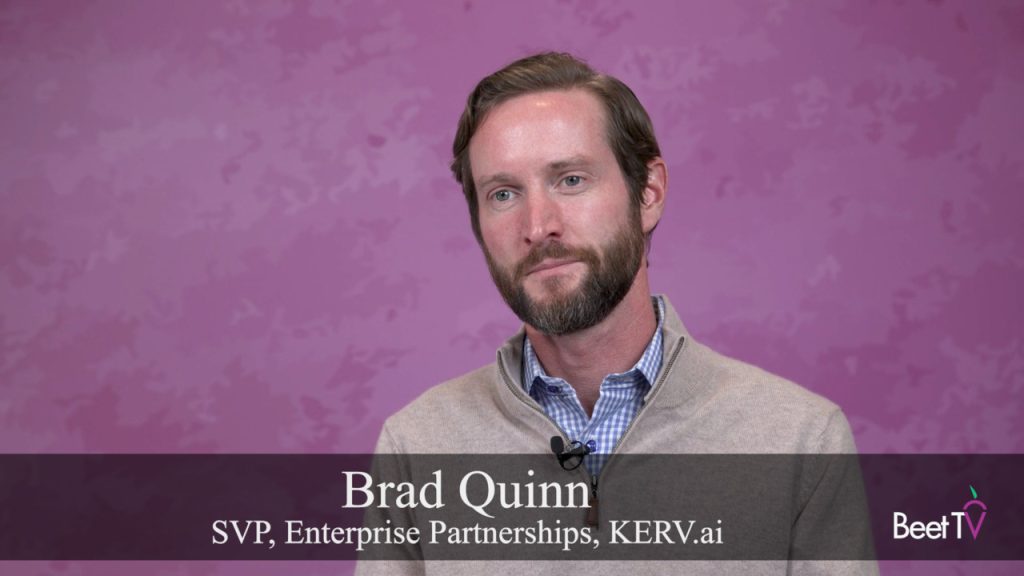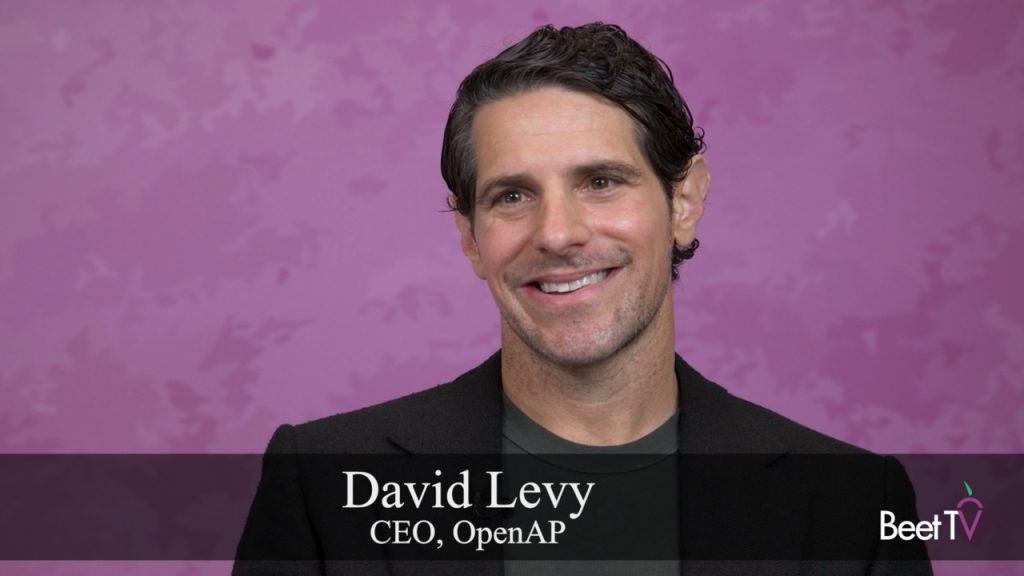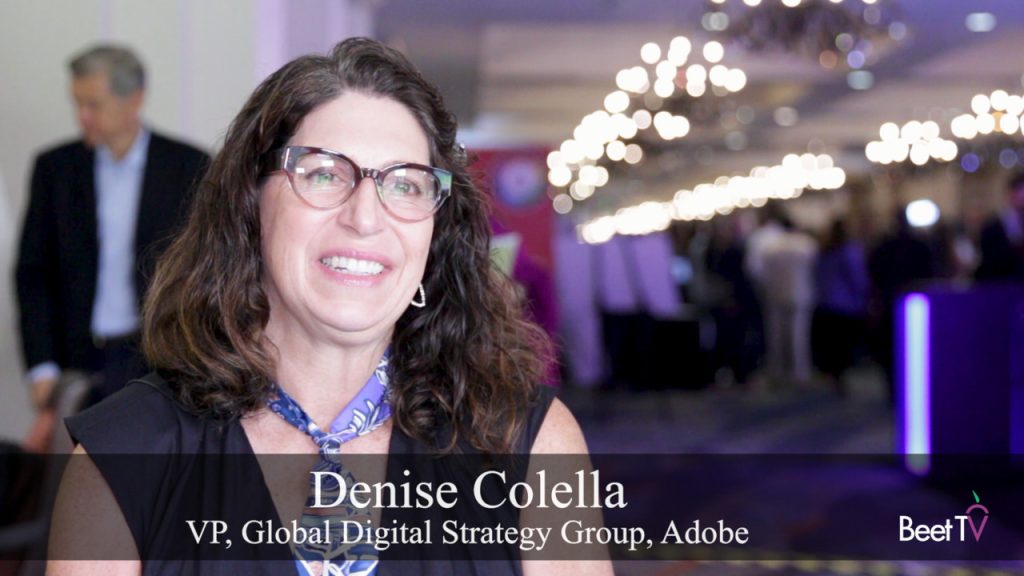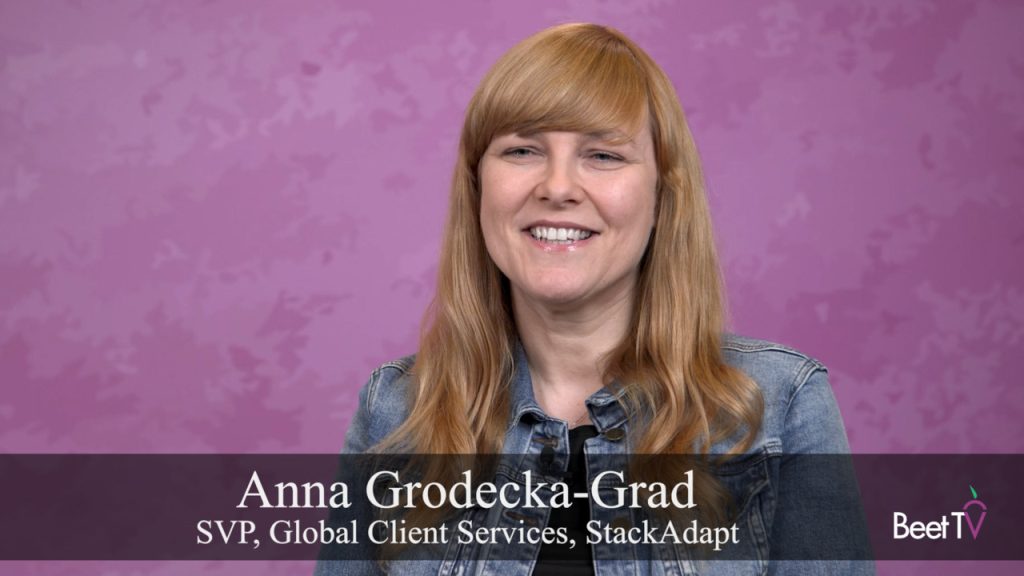PALM SPRINGS, Calif – Imagine an advertising agency that creates its own data and technology, produces video content and sells ad inventory in that content and you’ve got IBM Watson Advertising. So it’s in a unique position to actually help clean up the digital ecosystem.
Like many in the industry, Watson Advertising believes there are too many tech players. With lots of partners in the digital media supply chain, there’s “lots of opportunities for things to potentially go wrong,” says Jeremy Hlavacek, the agency’s Head of Global Automated Monetization.
In this interview with Beet.TV at the Annual Leadership Meeting of the Interactive Advertising Bureau, Hlavacek talks about wanting to trim away needless duplication while being sensitive to competitive realities.
“I think it is a complicated issue though, because you are at some point kind of digging into the real meat of how companies operate, and they are private companies, so I think there should be a little bit of a balance there,” says Hlavacek. “I for one would love to see a simpler, less complex supply chain, really making sure that the companies are adding value every step of the way.”
Formerly known as The Weather Company before its acquisition by IBM, Watson Advertising’s media holdings attract an audience that can be reached with dynamic ad insertion informed by weather conditions and other factors. The Weather Channel’s digital editorial team was nominated last year for two Emmy Awards for investigative series about the toxicity of Lake Okeechobee in Florida and child labor on Mexican coffee plantations, for which it partnered with Telemundo.
“We’re at a really interesting moment at Watson Advertising where we’ve got traditional publishing assets but we’ve also got a lot of new technology and data assets that make us more like a platform company,” says Hlavacek. “We also have an emerging data business where we’re now taking our weather and location data off of our properties and selling that to marketers.”
Partnering with IBM provides access to cutting-edge artificial intelligence, which links back to the issue of supply chain efficiency. Besides using AI to power a marketing planning tool called Lucy and a separate product for programmatic bidding, Watson’s voice and language-detection skills are being put to use to improve transparency.
“As marketers start to think about context and fake news and do they really want to be associated with the top story on a home page? Using some of Watson’s contextual tools could be very really interesting for them,” says Hlavacek.
Summing up his view of the supply chain, he hopes a year from now that the industry finds “the right level of comfort with all of this.” While the ecosystem has had some “growing up” to do, he’s ready to get back to more exciting things. “What’s the next great thing? Is it going to be AI? Is it going to be blockchain? The innovation is the fun part.”
This video is part of a series covering the IAB Annual Leadership Meeting. The series is sponsored by AppNexus. Please visit this page for more coverage.

































